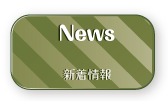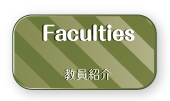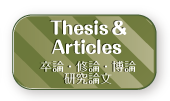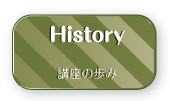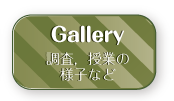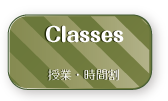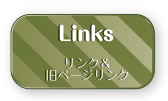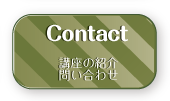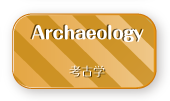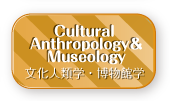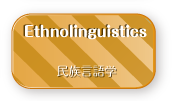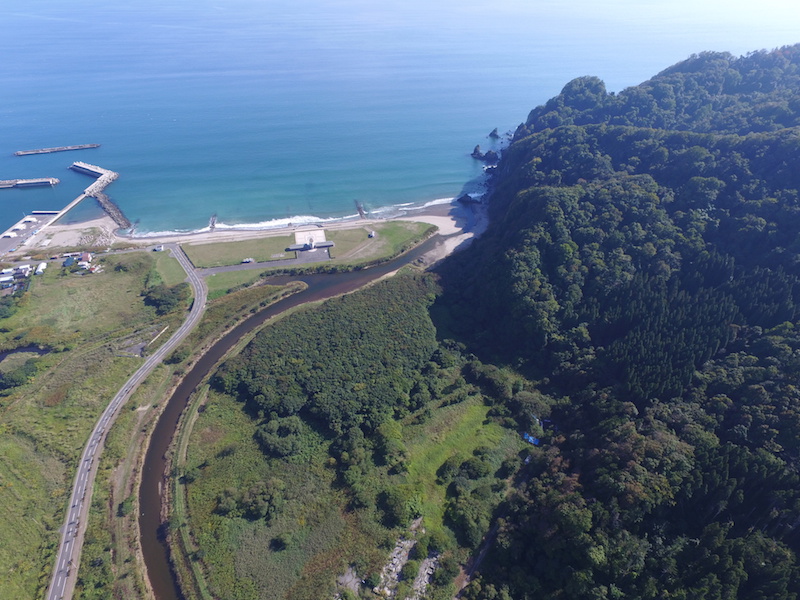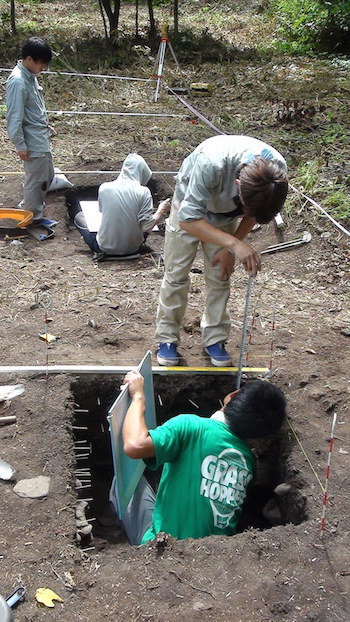 北大の考古学研究室は,2012年から礼文華遺跡(豊浦町)で学生・院生の実習をかねた発掘調査を毎年夏休み期間中に実施しています。
北大の考古学研究室は,2012年から礼文華遺跡(豊浦町)で学生・院生の実習をかねた発掘調査を毎年夏休み期間中に実施しています。
この発掘は,2000年からスタートした「噴火湾北岸縄文エコミュージアム」活動の一環としておこなっています。このプロジェクトではこれまでに,伊達市有珠6遺跡(2000〜2005年),豊浦町小幌洞窟遺跡(2006〜2011年)を調査してきており,礼文華遺跡は3つめの遺跡となります。
礼文華遺跡は続縄文文化前半の遺跡で,1963〜1965年の峰山巌氏・山口敏氏による調査によって優麗な骨角器や墓が確認されたことでよく知られています。しかし,遺跡の範囲,層位,性格はまだほとんど解明されていません。同時期のキャンプサイトと目される小幌洞窟遺跡との比較を通して,続縄文文化の人々の生活復元と自然利用の解明をめざした発掘調査を行っています。
Since 2012, Laboratory of Archaeology Hokkaido University has conducted archaeological excavations at the Rebunge site, Toyoura Town in Southern Hokkaido. This investigation is a part of “Jomon Eco Museum Project” started in 2000. In this project, we excavated the Usu 6 site (2000-2005) and the Koboro Cave site (2006-2011), thus the Rebunge site is the third subject.
The Rebunge site is dated to the Esan Culture period (ca. 2300-2000 BP). This archaeological culture is one of the Epi-Jomon Cultures and was formed under the strong influence from the early agrarian society of the Northern Honshu Island. Although its economy is based on hunting, fishing, and gathering, there are a lot of similarities in material culture between the Esan Culture and Yayoi Culture of the Northern Honshu. Elaborated bone/antler tools from the Rebunge site collected by I. Mineyama and B. Yamaguchi’s excavations from 1963 to 1965 are still representative artifacts of the period. However, the area, stratigraphy, and characters of the site has not yet been thoroughly clarified. We investigate this site to reveal life style and environment use of the Esan Culture comparing with results of excavations at the Koboro Cave site that is estimated to be a camp site of the period.

